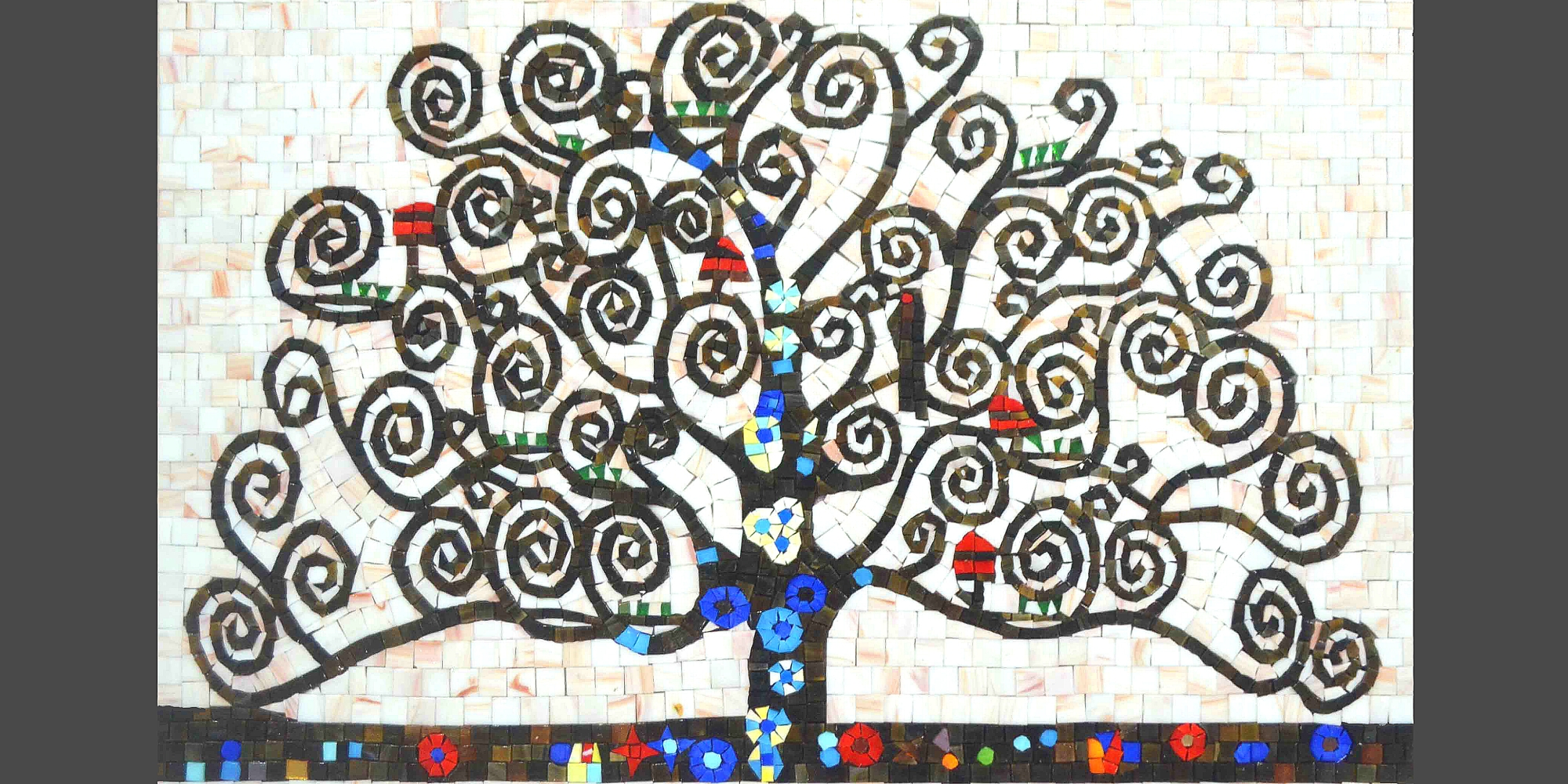
A selection from Robert Farrar Capon’s book, The Youngest Day, published by Mbird in 2019:
There’s an unreasonable prejudice against trees in winter. We’re so used to picturing them to ourselves in full leaf that we shrink from their nakedness. I did that too — until I discovered the fallacy hidden in that imagery. For if you think of trees and resurrection in those terms you come up with a lame comparison.
Let’s say, for example, that you want to draw a parallel between trees in winter and human beings in death. The first thing you’re tempted to do, if you make the mistake of thinking of a tree as naked in winter, is to turn its springtime resurrection into nothing more than the resumption of a suit of leafy clothes. And if you then go a second step and try to tie that to human resurrection, you come up with some strange and unappealing propositions. You are not disposed of course to say that when we rise we simply put on gowns or tuxedos; but you are mightily tempted to say that, like the trees, we have two parts: one that dies as leaves die, namely, our body; and one that lives on as the trunk and branches do, namely, our soul.
For all I know, you may think that’s a perfectly dandy analogy. I don’t however. For one thing, leaves and bodies are not clothing; they’re integral parts of their respective beings. For another, the whole of the tree goes into winter’s death, not just the leaves. They may do the dramatic thing and drop off poignantly, but the tree itself does the potentially more dangerous thing: it stops the flow of sap — it comes perilously close to being not a live tree but dead wood. But, for a final thing, even in that death — even long before it, back at the end of the growing season — all the buds and therefore all the tree’s new leaves are already in place.

Consequently, when I put all those facts together I come up with a different analogy. The tree in winter is no mere unclothed body; it’s the skeleton of its former self. It has lost not its sports jacket but its life. I find that comparison appealing for two reasons. The first is that I have always loved trees in death — even permanently dead ones. They have an essential, not an accidental beauty; they sing clearly of what they’re really about: line, structure, thrust, detail. Any idiot who can draw a lollipop can make a passable rendering of a tree in leaf: only an artist who pays strict attention to the anatomical wonder in front of him can do justice to a bare one.
But the second reason goes deeper. The whole tree goes into death, not just its leaves; and the whole tree rises — indeed, with its new leaves written minuscule in tight buds, it’s already risen now, even in its death. Its resurrection therefore is not the investiture of an imperishable soul with some more suitable body; it is the raising up — not only after death but in, with, and through death — of what the tree really was all along.
Even as your resurrection and mine. The word has gotten about, unfortunately, that the gospel of resurrection is somehow dependent on the notion of an immortal soul. God, by that report, simply salts away the spirits of the departed (which incidentally would have dragged on forever anyway, salted or not) until he’s ready to insert them into new bodies. The whole message is that the good news is simply an announcement that there never was any really bad news — that because the central, ultimate, finer me couldn’t possibly have perished, my resurrection is merely the issuance of a niftier wardrobe which, but for some inexplicable oversight on the part of God, I probably should have been provided with in the first place.
But that’s malarkey, not gospel. God makes the world out of nothing, not out of vaporous, pre-existent glop; and he raises it up out of death, not out of some spiritual half-life that’s less interesting than a good collection of bones. And as the nothing out of which he calls us into being is always there to make us laugh at the incongruity of existence, so the death out of which we rise is perpetually present for the same reason. Like the trees with next year’s leaves in their pockets, we too are in on the joke that applies not just to bank presidents, bishops and bureaucrats but all across the boardroom of creation: while there’s death, there’s hope. Mere continuance is a bore; and a rebirth that can’t happen till after we’re dead is a discontinuity. But the continuous resurrection of the continually dead … that’s hilariously good news.

COMMENTS
Leave a Reply












